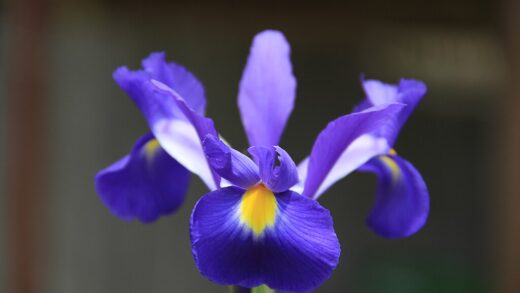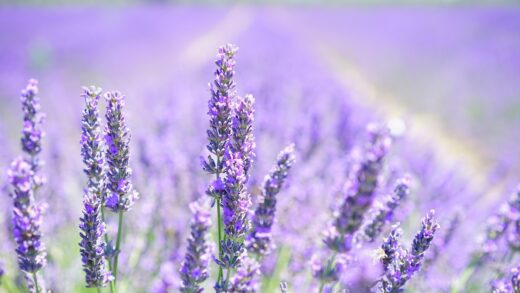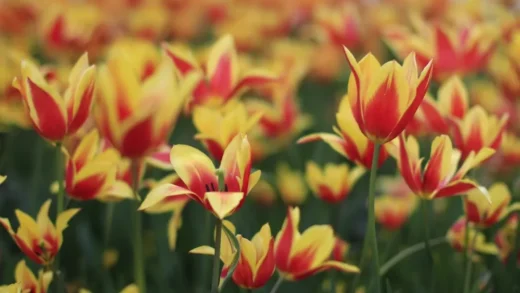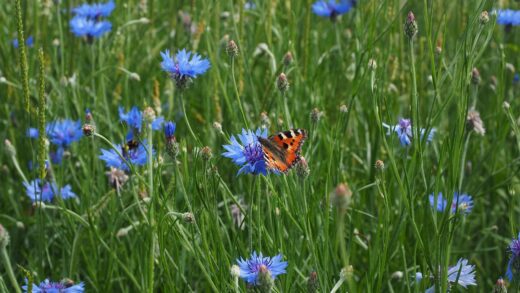The Douglas fir is a species that exhibits a fascinating and adaptable relationship with light, which changes significantly throughout its life cycle. In its youth, it can tolerate and even thrive in a considerable amount of shade, often starting its life on the forest floor beneath the canopy of mature trees. This shade tolerance allows it to become established in competitive environments. However, as the tree grows and matures, its need for sunlight increases dramatically, and it develops into a species that requires full sun to achieve its maximum growth potential and maintain a healthy, dense canopy. Understanding this evolving light requirement is essential for proper siting and long-term management of the tree in any landscape or forestry setting.
When selecting a planting location for a Douglas fir, it is crucial to think about its future light needs. While a young sapling might do well in a partially shaded spot for a few years, it will eventually need direct sunlight for most of the day to develop into a strong, well-formed tree. Planting a Douglas fir in a location where it will eventually be overshadowed by faster-growing trees or tall buildings will lead to disappointment. The tree will likely become thin, spindly, and weak as it stretches in a desperate attempt to reach the light. For optimal health and aesthetics, a site that receives at least six to eight hours of direct sunlight per day is ideal for the long term.
The tree’s growth habit is a direct reflection of the light it receives. A Douglas fir grown in full, unobstructed sunlight will develop a classic, symmetrical, pyramidal shape with dense foliage right down to the lower branches. The abundance of light fuels vigorous photosynthesis, leading to a faster growth rate and a more robust overall structure. In contrast, a tree that is shaded from one side will often grow asymmetrically, with denser foliage on the sunny side and sparser, weaker branches on the shaded side. This not only affects its appearance but can also impact its structural integrity over time.
In a forestry context, the light requirements of Douglas fir play a key role in management practices. Stands of Douglas fir are often managed to ensure that the dominant trees receive adequate sunlight to continue their upward growth. This can involve the thinning of a stand to remove some of the competing trees, a process that opens up the canopy and allows more light to reach the remaining, more desirable specimens. This practice mimics the natural process of forest succession, where weaker, less light-efficient trees are gradually shaded out, and it results in the production of high-quality timber from the remaining tall, straight trees.
For landscape purposes, the light requirements mean that Douglas fir is best used as a specimen tree in an open lawn or as part of a screen or windbreak where it will not be crowded by other large trees. Its shade intolerance as it matures makes it a poor choice for planting under the canopy of an existing woodland garden. If a Douglas fir in a landscape setting begins to show signs of stress due to increasing shade from surrounding trees, the only effective long-term solutions are to either prune the competing trees to allow more light to penetrate or, in some cases, to consider removing the Douglas fir and replacing it with a more shade-tolerant species.


















